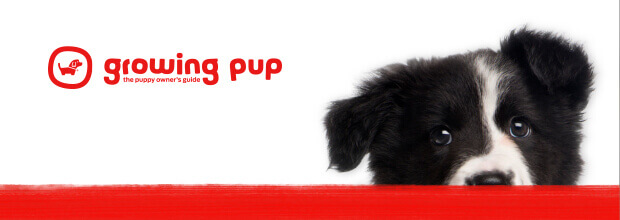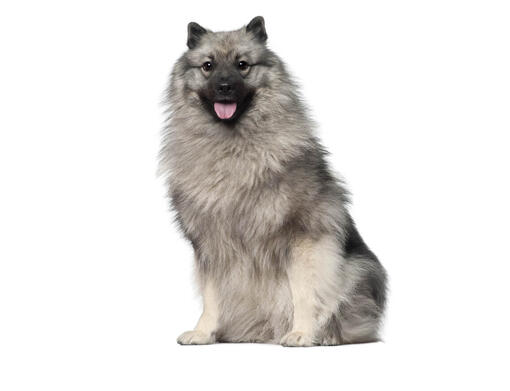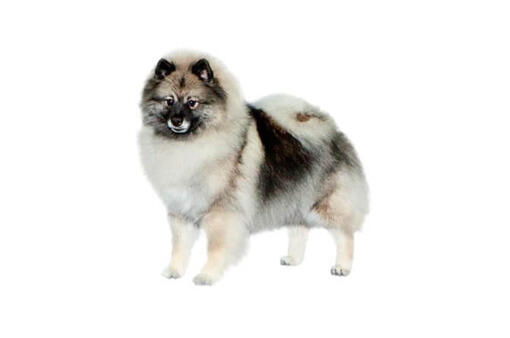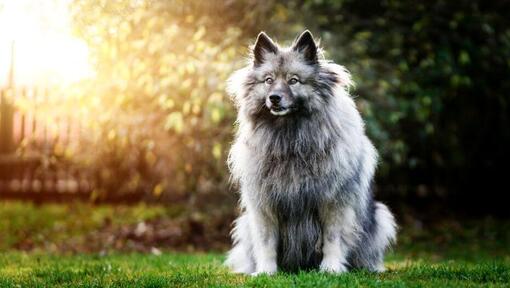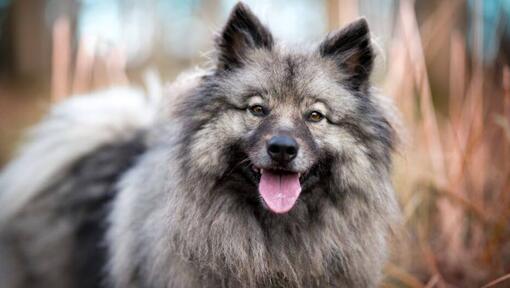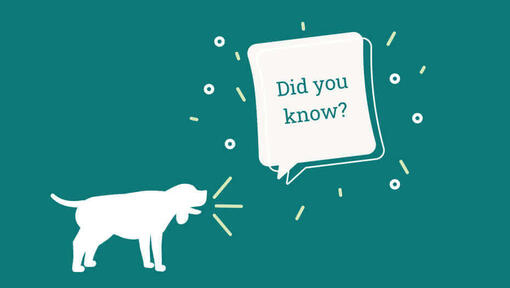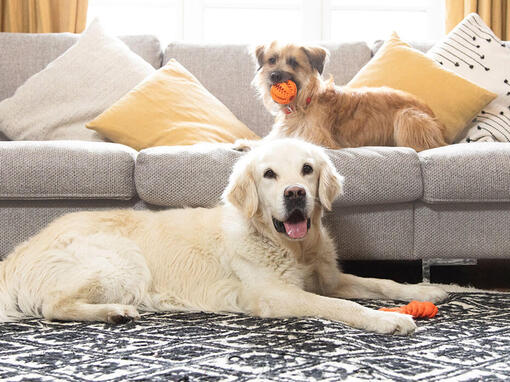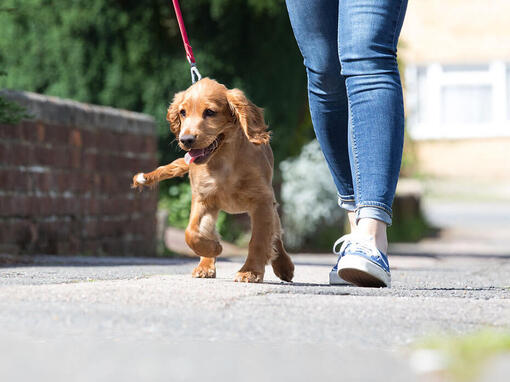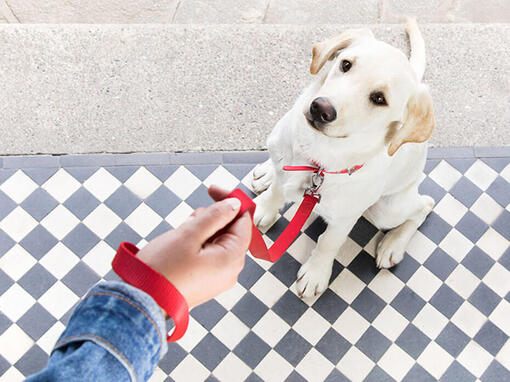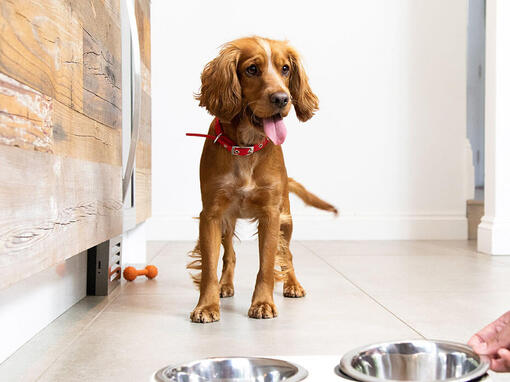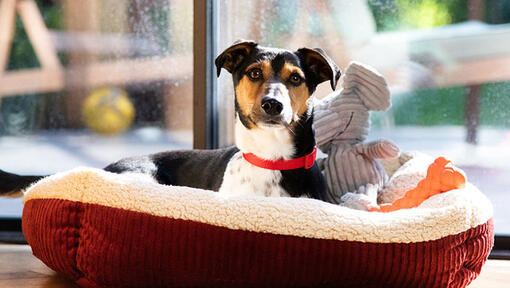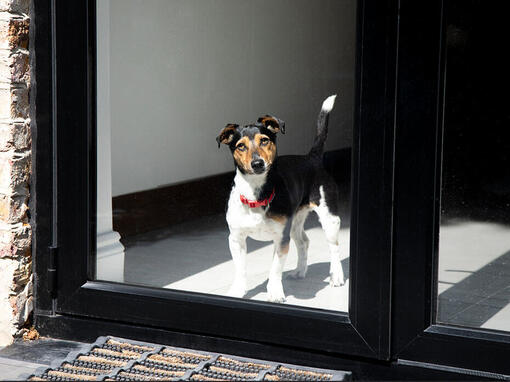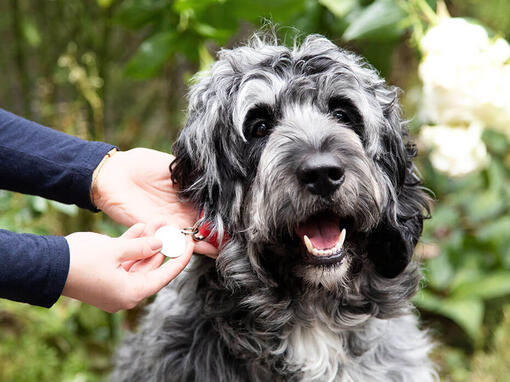A true Northern breed, the Keeshond has an alert expression on a foxlike face with markings that resemble spectacles. Lively and full of personality, this breed is affectionate and loyal to his human companions. An excellent watchdog, the Keeshond is an energetic dog that should be exercised daily. His big, fluffy coat and plumed tail require grooming twice a week.
DID YOU KNOW? Originally bred to be a barge dog and companion, the Keeshond is a descendant of Arctic breeds, such as the Samoyed, Chow Chow, Norwegian Elkhound, Finnish Spitz, and Pomeranian. The breed was named for the Dutch Patriot’s leader Kees de Gyselaer, who owned a dog called “Kees.” The Keeshond became a symbol for this political party in the late 1700s.
ALSO KNOWN AS: Dutch Barge Dog, Smiling Dutchman, Chien Loup, German Spitz, Deutscher Wolfspitz, Wolfspitz


